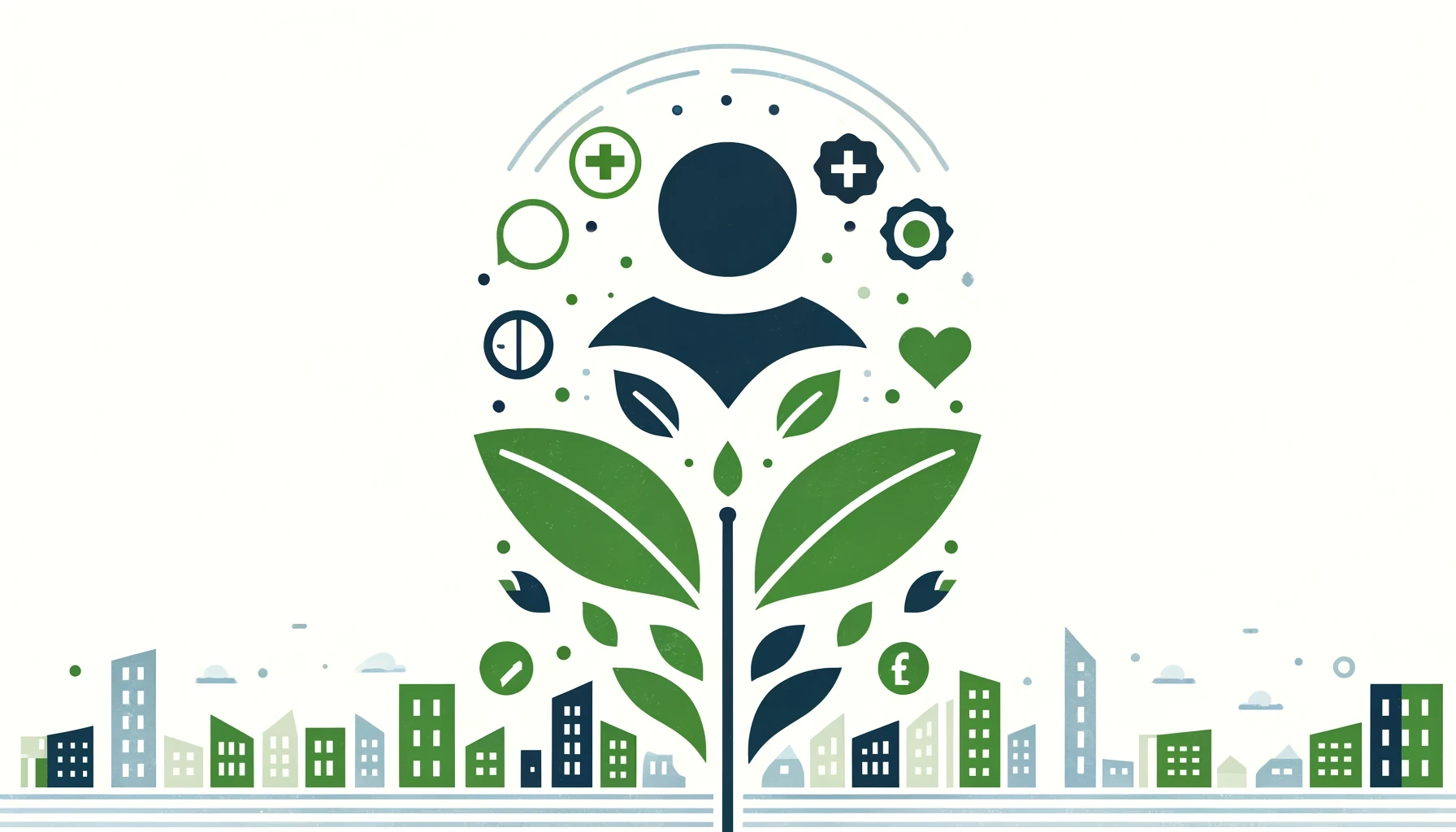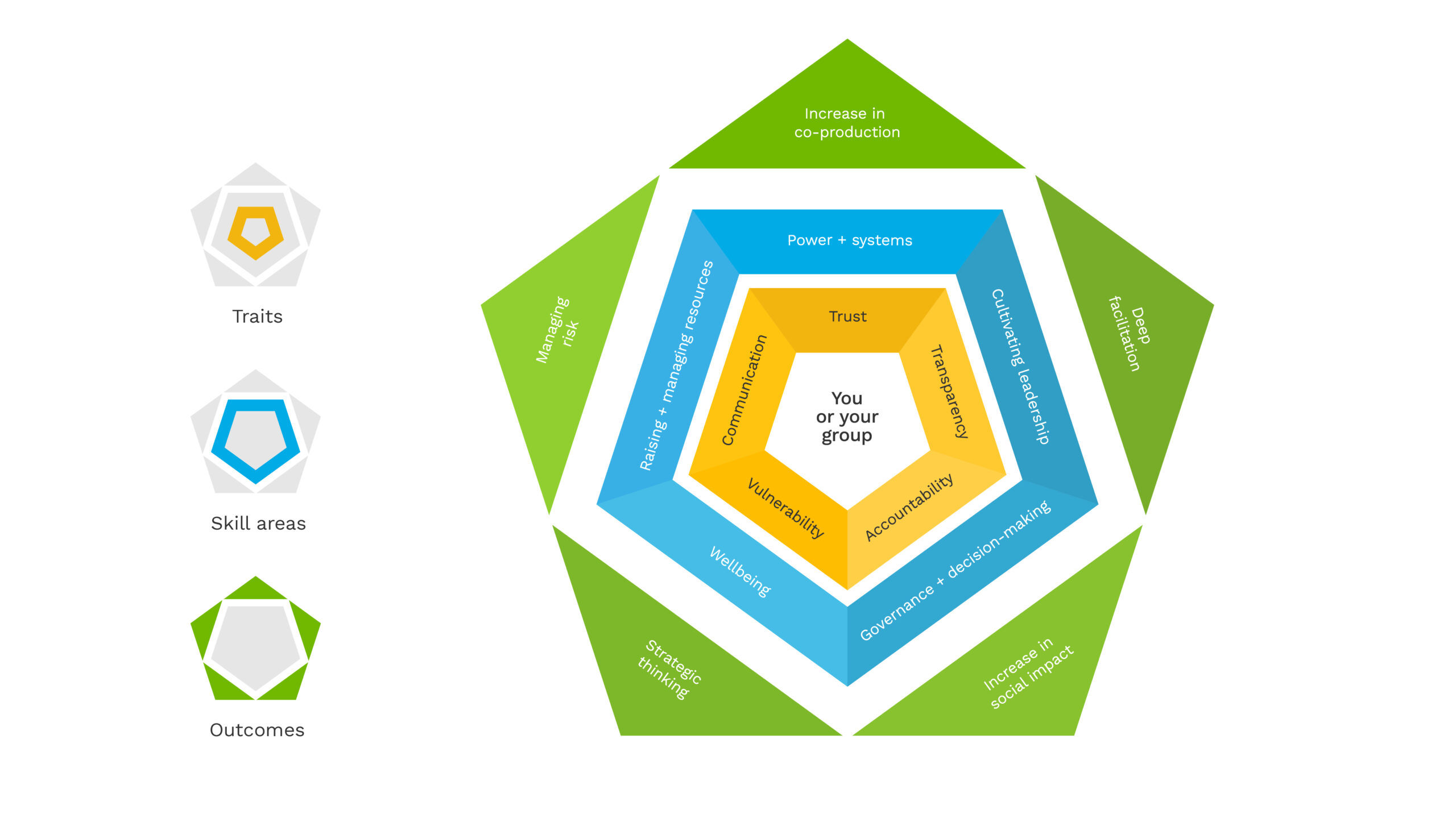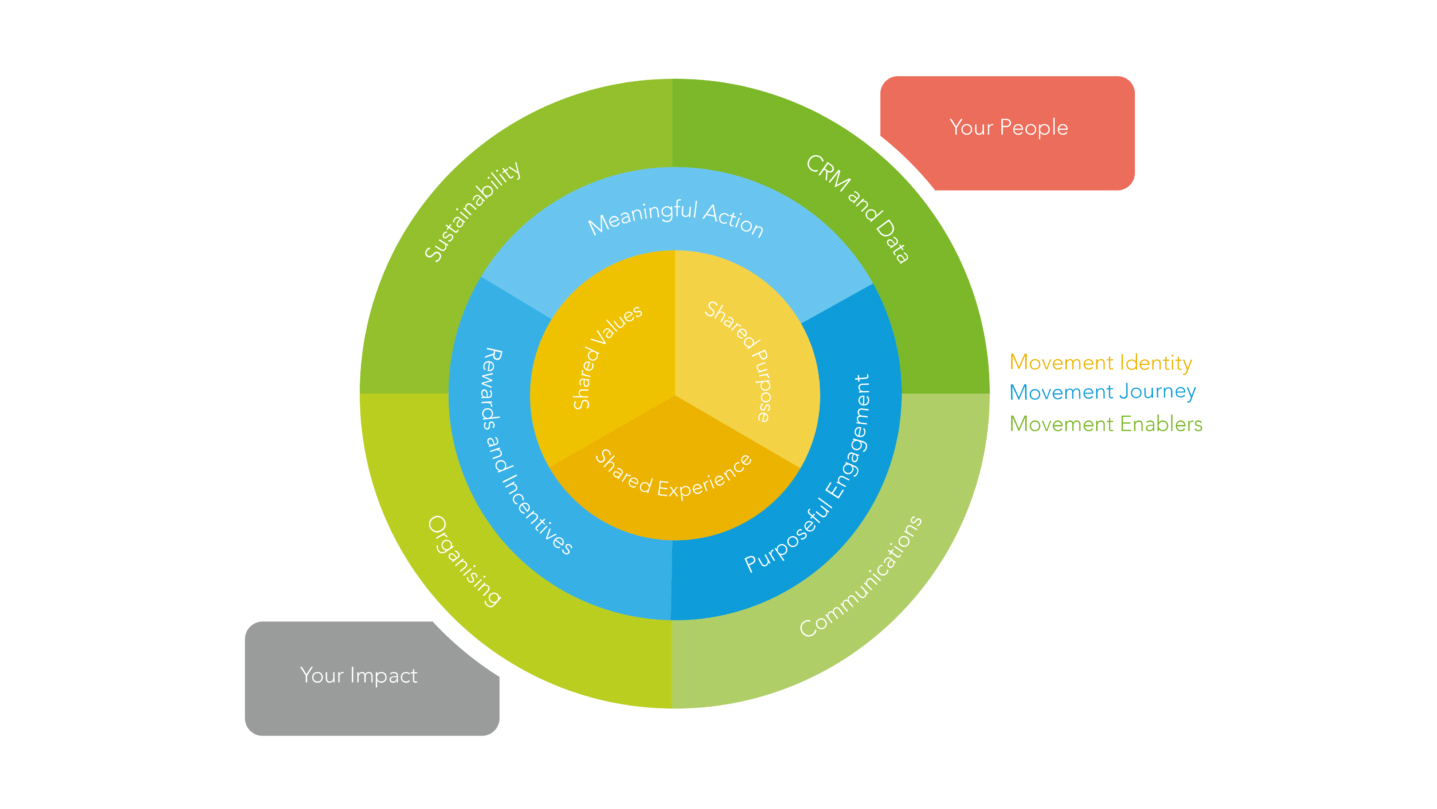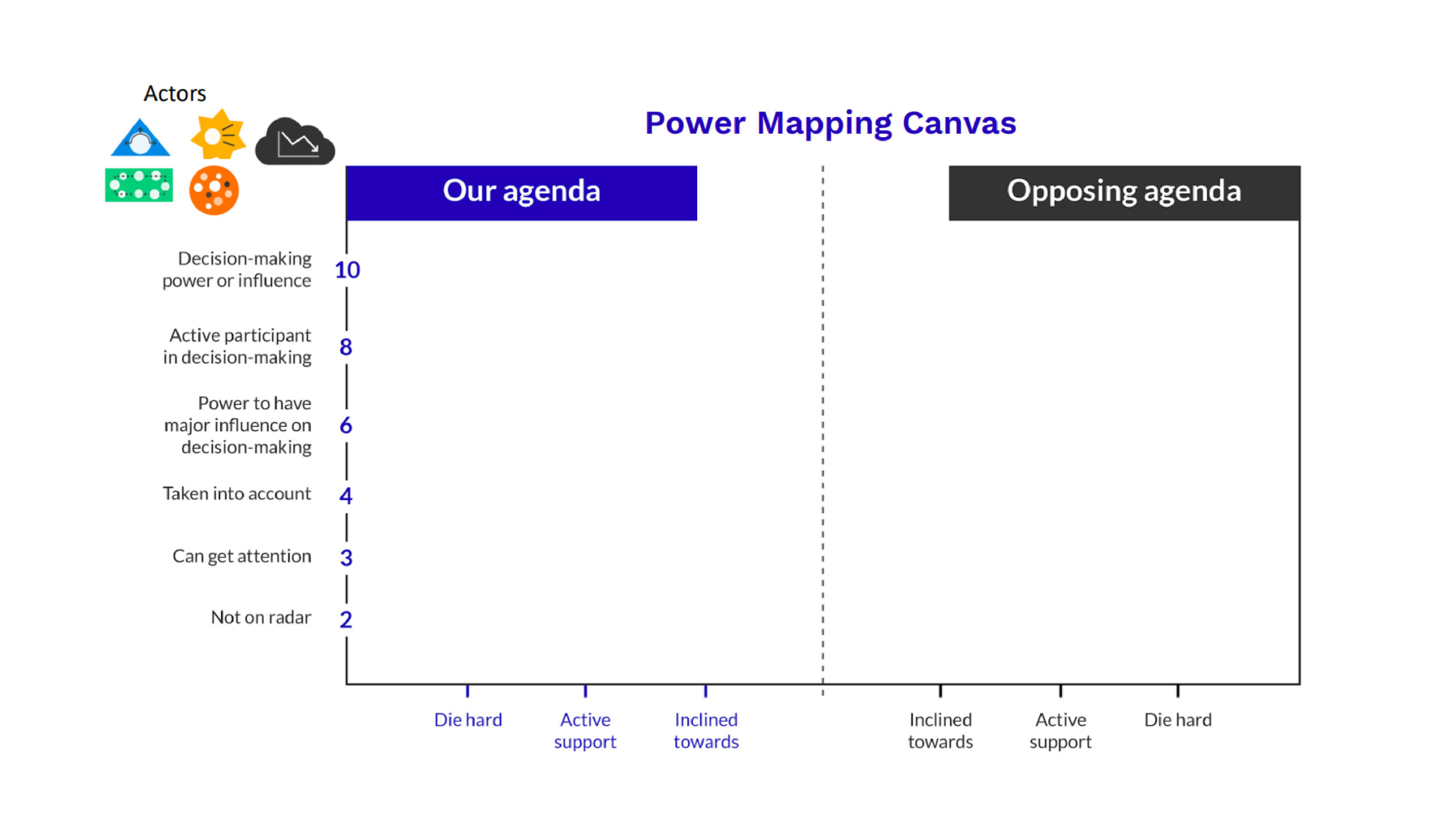Build your movement to change the world
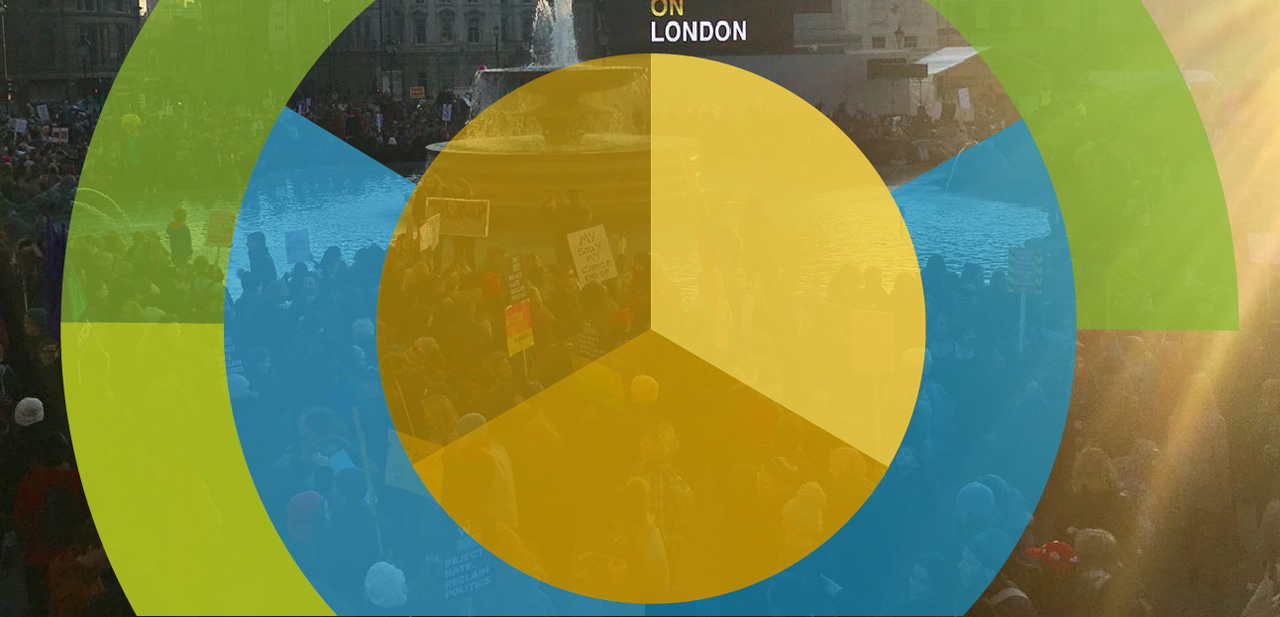
Interview with Emily Prince, former Alumni and Philanthropy Manager at Raleigh International
From the anti-plastics movement to Black Lives Matter, how do movement builders get hundreds or thousands of individuals and organisations to create, speak and act together? Come along to our movement building canvas workshop in London on the 12th of September to learn more about how to design your movement for maximum impact. This short workshop will help you to establish where your movement is, where it is going, and how to maximize impact. It will help you to create a road map to success, and give you the tools to evaluate your progress.
Raleigh International, an international development charity with an alumni network of 42,000 participants, trustees and donors scattered across 26 countries, is one of over 100 organisations worldwide that have downloaded our movement building canvas. We developed a bespoke programme for them to find ways to connect these disparate individuals and communities, allowing them to self organise and continue to engage with and support the organisation after their initial involvement has ended. This week, we caught up with Emily Prince, former Alumni and Philanthropy Manager at Raleigh International to share how the movement building canvas impacted their global alumni strategy.
How specifically did the movement building canvas impact Raleigh’s alumni strategy?
“We invited the Social Change Agency to support Raleigh International in developing an alumni strategy that would form part of the wider four-year organisational strategy. The movement building canvas was a key component in our approach to designing a strategy where the goal was both to further the charity’s mission and to serve former volunteers of the charity, whom Raleigh refers to as alumni. With over 40,000 individuals in 100 countries around the world from Raleigh’s 30 year history, our intention was to create a framework for a movement that could help build on the foundation of that global network. We started with internal consultations with key staff across Raleigh’s head office and country offices around the world. Our global alumni conference in 2016 was an ideal opportunity to then consult externally with alumni face-to-face. This included sessions with over 50 representatives from more than 10 of Raleigh’s alumni societies around the world and with approx. 150 others, mostly UK based. Doing this confirmed the importance of identifying and clearly communicating the experiences and development that bond Raleigh people together (the ‘common purpose’) and the ways in which both Raleigh alumni and the charity would gain from staying connected and continuing to put energy towards that common purpose (the ‘mutual benefit’).
Working with the movement building canvas made it clear that community and mutual benefit were of paramount importance
Working with the movement building canvas made it clear that community and mutual benefit were of paramount importance if we were to achieve the ultimate, strategic, goal of increasing alumni fundraising and donations. This in turn enabled internal buy-in to invest in this area: an additional entry-level staff member was recruited to create an alumni team of two. Cross-team working and understand increased considerably. Projects and activities were designed with common purpose and mutual benefit in mind. In the first year and a half of the strategy period, alumni income has grown significantly, both in the number of donors and fundraisers, and in the value of their support. Similarly, volunteering, attendance at events, and other engagement is on a clear upward path.
The impact of this approach has started a transformation from silo working and viewing alumni as a resource primarily to be tapped into, to much improved cross-team idea sharing and working with genuine effort to ensure all engagement with alumni offers real value in return.”
What were some key lessons you learned from the movement building canvas?
It might sound obvious, but for me the key lesson learned was how important it is to have a simple clear call to action as to what the movement is trying achieve. At Raleigh, we were clear we needed to diversify funding sources and increase income from alumni. What we clarified during the strategy design was that Raleigh wanted to promote and showcase continued positive, social action beyond volunteering on one of the charity’s intentionally designed development programmes. We needed to keep the vision of a global community working towards a more sustainable future at the heart of the strategy.
With our head office in London, but alumni all over the world, we also had to (and continue to) ask and learn how to address geographical challenges of building a movement that is relevant across borders and ensure alumni were able to participate. Facebook and WhatsApp are proving useful and a revamp of the website are underway in ensuring there are platforms where alumni can engage with Raleigh and each other. Ultimately, Raleigh people love to spend time with each other in real life, and it was clear that offline face time will need to be made possible if the strategy is to be a success.
Words of advice to anyone that is looking to use a movement building approach to revisit their strategy?
Make the time for a thorough strategy design (or refresh). Once the framework is in place, the business plans can be adapted.
prioritise asking and listening closely to the people with whom you are trying to build a movement
In the second year of the strategy, we added a more holistic layer identifying six ways for alumni to stay involved with Raleigh. This was based on further input from alumni through 1-1 meetings and focus groups. Which leads to my second point: prioritise asking and listening closely to the people with whom you are trying to build a movement. What moves them? How can their motivations be channeled and satisfied alongside achieving your strategic objectives? I think understanding that, and how to allay any barriers to people participating, will help ensure the best chance of a positive outcome all round.
Start mapping out your movement with the Movement Building Canvas

